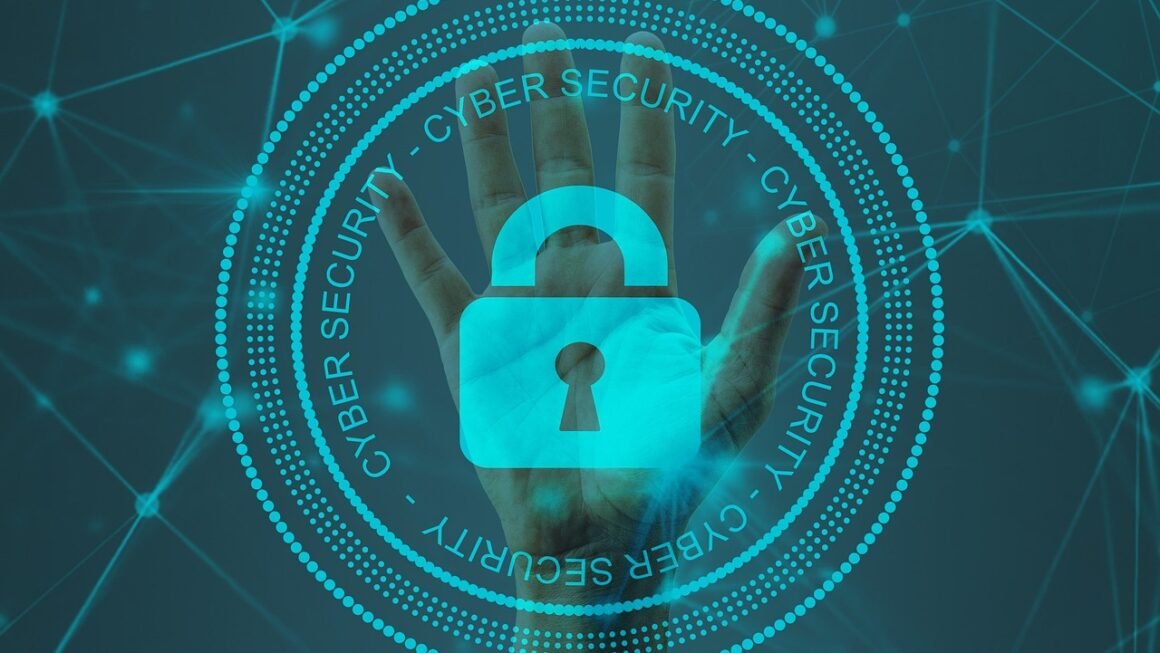It only takes one click. One wrong email opened, one malicious link followed, one compromised password. In today’s digital landscape, human error is a major vulnerability for organizations of all sizes. That’s why security awareness training is no longer a “nice-to-have” but a critical component of a robust cybersecurity strategy. Let’s delve into how empowering your employees with the knowledge and skills they need to identify and avoid cyber threats can significantly reduce your organization’s risk.
Understanding Security Awareness Training
What is Security Awareness Training?
Security awareness training is a formal process of educating employees and other stakeholders about cybersecurity threats and best practices. It goes beyond simply telling people to be careful; it equips them with the practical knowledge and skills to identify, avoid, and report suspicious activities.
- Core Components: Typically involves interactive modules, phishing simulations, quizzes, and ongoing communication campaigns.
- Target Audience: All employees, contractors, vendors, and anyone who has access to the organization’s data and systems.
- Goal: To foster a security-conscious culture where everyone understands their role in protecting the organization’s assets.
Why is Security Awareness Training Important?
The numbers speak for themselves. Studies show that human error is a significant factor in data breaches. Effective security awareness training can dramatically reduce the risk of employees falling victim to phishing attacks, malware infections, and other cyber threats.
- Reduces the risk of data breaches: By educating employees on how to recognize and avoid threats, organizations can significantly reduce the likelihood of a successful attack.
- Improves compliance with regulations: Many regulations, such as GDPR and HIPAA, require organizations to implement security awareness training programs.
- Protects the organization’s reputation: A data breach can damage an organization’s reputation and erode customer trust.
- Creates a security-conscious culture: Training fosters a culture where security is everyone’s responsibility, not just the IT department’s.
- Cost-effective investment: Compared to the potential costs of a data breach, security awareness training is a relatively inexpensive investment.
Key Elements of an Effective Training Program
Engaging Content and Delivery
Effective security awareness training is not a one-size-fits-all solution. It needs to be tailored to the specific needs and risks of the organization. The content should be engaging, relevant, and easy to understand. Avoid technical jargon and focus on practical examples.
- Interactive modules: Incorporate interactive elements like quizzes, simulations, and gamification to keep employees engaged.
- Real-world scenarios: Use realistic scenarios to illustrate how cyber threats can manifest in the workplace.
- Bite-sized learning: Break down complex topics into smaller, more manageable chunks.
- Mobile-friendly: Allow employees to access training materials on their smartphones and tablets.
- Variety of formats: Use a mix of videos, infographics, and text-based materials to cater to different learning styles.
- Practical Example: Instead of just stating “Don’t click on suspicious links,” show a simulated phishing email with red flags such as poor grammar, urgent requests, and unfamiliar sender addresses.
Phishing Simulations
Phishing simulations are a crucial component of security awareness training. They involve sending simulated phishing emails to employees to test their ability to identify and avoid phishing attacks.
- Realistic Simulations: Create phishing emails that closely resemble real-world phishing attacks.
- Varied Tactics: Employ different phishing tactics, such as spear phishing, whaling, and business email compromise (BEC).
- Reporting Mechanism: Provide a mechanism for employees to report suspicious emails.
- Follow-Up Training: Provide targeted training to employees who fall victim to the simulations.
- Data Analysis: Track the results of the simulations to identify areas where employees need more training.
Ongoing Communication and Reinforcement
Security awareness training is not a one-time event. It needs to be an ongoing process of communication and reinforcement. Regularly remind employees about cybersecurity best practices through email newsletters, posters, and other communication channels.
- Regular Reminders: Send out regular email newsletters with cybersecurity tips and reminders.
- Posters and Signage: Display posters and signage in the workplace to reinforce key security messages.
- Security Champions: Designate “security champions” in each department to promote security awareness.
- Incident Reporting: Encourage employees to report suspicious activities and incidents promptly.
- Update Training Content: Regularly update training content to reflect the latest threats and vulnerabilities.
Measuring the Effectiveness of Your Training
Key Performance Indicators (KPIs)
It’s crucial to measure the effectiveness of your security awareness training program to ensure that it’s achieving its goals. Track key performance indicators (KPIs) to monitor progress and identify areas for improvement.
- Phishing click-through rates: Track the percentage of employees who click on links in phishing simulations.
- Incident reporting rates: Monitor the number of security incidents reported by employees.
- Training completion rates: Track the percentage of employees who complete security awareness training modules.
- Employee knowledge assessments: Use quizzes and assessments to measure employee knowledge of cybersecurity best practices.
- Behavioral Changes: Observe and document any changes in employee behavior that indicate improved security awareness. For example, more cautious password handling or increased reporting of suspicious emails.
Reporting and Analysis
Regularly report on the results of your security awareness training program to senior management. Analyze the data to identify trends and areas where the training can be improved.
- Executive Summaries: Provide senior management with regular executive summaries of the training program’s results.
- Trend Analysis: Analyze the data to identify trends in employee behavior and security awareness.
- Continuous Improvement: Use the data to continuously improve the training program and address identified weaknesses.
Choosing the Right Training Solution
Vendor Selection
Selecting the right security awareness training vendor is critical to the success of your program. Consider the following factors when evaluating vendors:
- Customization options: Can the vendor customize the training content to meet your organization’s specific needs and risks?
- Engaging content: Does the vendor offer engaging and interactive training materials?
- Phishing simulation capabilities: Does the vendor offer realistic phishing simulations?
- Reporting and analytics: Does the vendor provide robust reporting and analytics capabilities?
- Integration with existing systems: Can the vendor’s solution integrate with your existing security systems?
- Customer support: Does the vendor offer excellent customer support?
In-House vs. Outsourced
Decide whether to develop your security awareness training program in-house or outsource it to a vendor.
- In-House: Developing a program in-house allows for greater customization and control but requires significant resources and expertise.
- Outsourced: Outsourcing can be more cost-effective and efficient, but it’s important to choose a vendor that understands your organization’s specific needs.
- Hybrid Approach: Some organizations choose a hybrid approach, using a vendor for core training content and supplementing it with custom-developed materials.
Conclusion
Security awareness training is a vital investment for any organization looking to protect itself from cyber threats. By empowering employees with the knowledge and skills they need to identify and avoid these threats, you can significantly reduce your risk of data breaches, compliance violations, and reputational damage. Remember, a strong security culture starts with informed and vigilant employees. Make security awareness training an ongoing priority and watch your organization’s defenses strengthen from the inside out.



